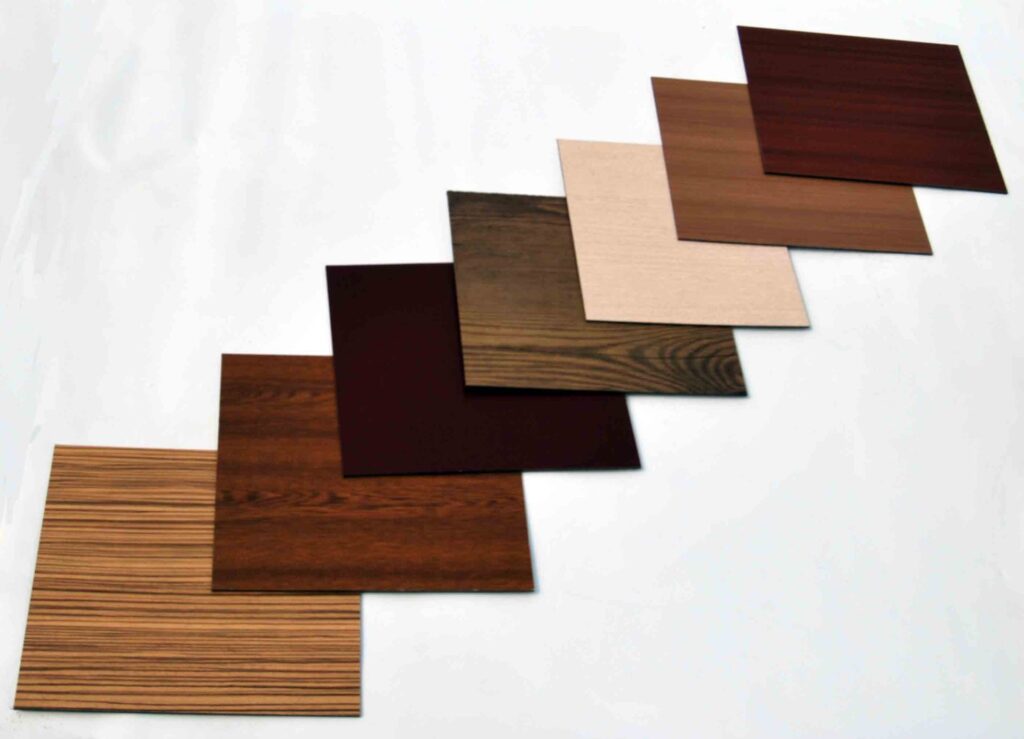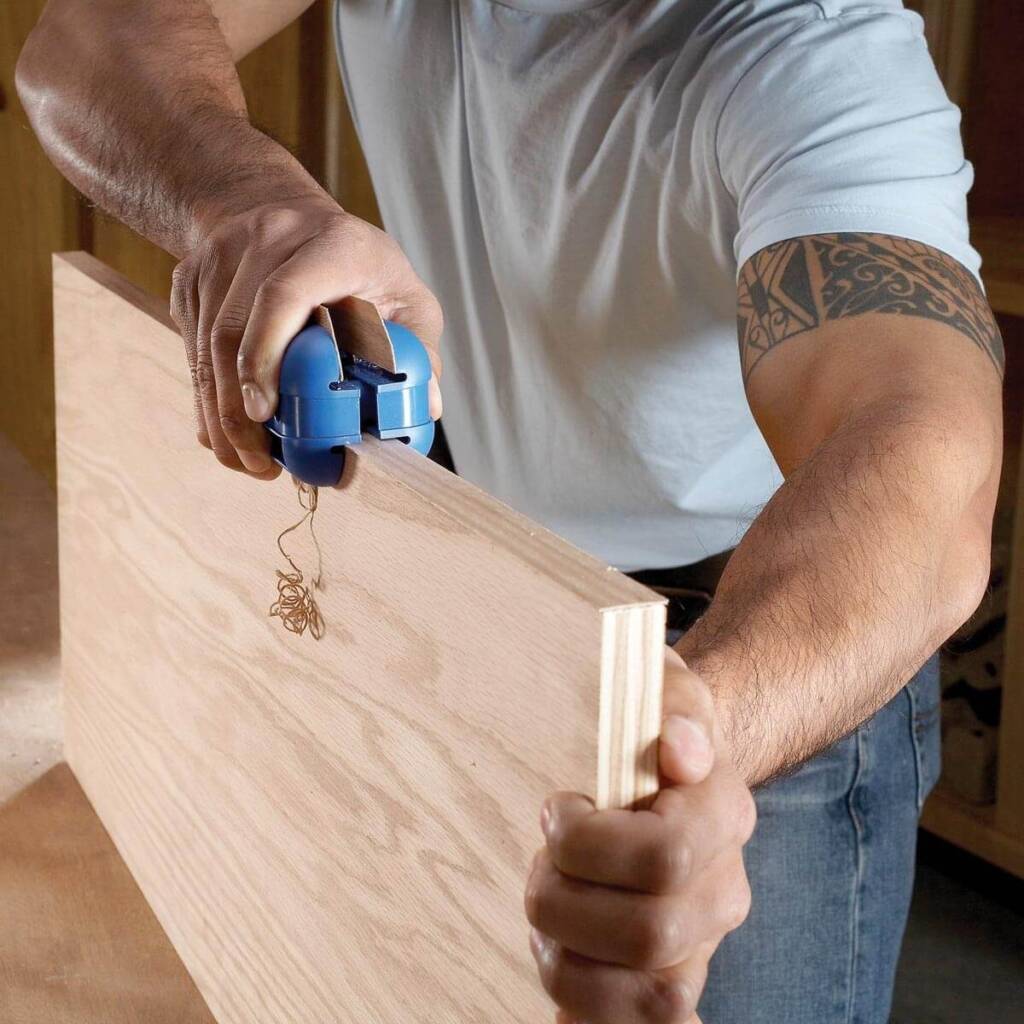The Benefits of Wooden Veneer: Why It’s the Perfect Choice for Your Next Project
When it comes to designing and renovating your living space, choosing the right materials is key. And if you’re someone who values both aesthetics and functionality, then wooden veneer might just be the perfect choice for your next project. It is a thin layer of real wood that is applied to various surfaces, such as furniture, cabinets, walls, and floors.
It offers a range of benefits that make it a popular choice among homeowners and designers alike. Not only does it add a natural and warm touch to any space, but it also provides durability and versatility. In this article, we’ll explore the many benefits of wooden veneer and why it’s the perfect choice for your next project. Whether you’re looking to add a touch of elegance to your home or create a cozy and inviting atmosphere, it is the way to go. So let’s dive in and discover why this material is a top pick for interior design enthusiasts.
Durability and Versatility
One of the most significant benefits of wooden veneer is its durability. Unlike solid wood, which can be prone to warping, cracking, and splitting, wooden veneer is more stable and resistant to these issues. This is because it is made by slicing a log into thin sheets, which are then applied to a substrate material, such as MDF or particleboard. This process helps to reduce the natural movement of the wood, making it less likely to expand or contract with changes in temperature and humidity.
Another advantage of wooden veneer is its versatility. It comes in a wide range of species, finishes, and patterns, which makes it easy to find a style that suits your project. Whether you’re looking for a rustic, natural look or a sleek, modern finish, it can provide the perfect solution. Plus, it can be stained, painted, or lacquered, which gives you even more options for customizing your project.
Natural and Warm Aesthetics
One of the most appealing aspects of wooden veneer is its natural and warm aesthetics. It adds a touch of elegance and sophistication to any space, making it a popular choice among designers and homeowners alike. Whether you’re looking to create a cozy and inviting atmosphere in your home or add a touch of warmth to your office, it can provide the perfect solution.
Another advantage of wooden veneer is that it can help to bring the outdoors inside. It is made from real wood, which means that it has all the natural beauty and character of the original tree. From the unique grain patterns to the warm, earthy tones, it can help to create a natural and relaxing atmosphere in any space.
Cost Comparison of Wooden Veneer vs Solid Wood
One of the most significant advantages of wooden veneer is its cost-effectiveness. Wooden veneer is typically less expensive than solid wood, which makes it a popular choice among homeowners and designers who are on a budget. This is because wooden veneer is made by slicing a log into thin sheets, which means that less wood is required to cover the same surface area. Plus, wooden veneer can be applied to a substrate material, such as MDF or particleboard, which is less expensive than solid wood.
Another advantage of wooden veneer is that it can help to reduce waste. By using a thin layer of wood instead of solid wood, less material is required to cover the same surface area, which means that fewer trees need to be harvested. This makes wooden veneer a more sustainable and eco-friendly choice than solid wood.
Different Types of Wooden Veneer
When it comes to choosing wooden veneer, there are several different types to choose from. Each type of wooden veneer has its own unique characteristics and properties, which makes it important to choose the right one for your project. Here are some of the most common types of wooden veneer:
Rotary Cut Veneer
Rotary cut veneer is the most common type of wooden veneer. It is made by peeling a log around a central axis, which produces a continuous sheet of wood. Rotary cut veneer has a wide grain pattern, which makes it ideal for rustic and natural-looking projects.
Plain Sliced Veneer
Plain sliced veneer is made by slicing a log into thin sheets from one end to the other. This produces a more uniform grain pattern, which makes it ideal for modern and sleek-looking projects.
Quarter Sliced Veneer
Quarter sliced veneer is made by slicing a log into quarters and then slicing each quarter into thin sheets. This produces a straight grain pattern, which makes it ideal for traditional and classic-looking projects.
How to Choose the Right Wooden Veneer for Your Project
When it comes to choosing the right wooden veneer for your project, there are several factors to consider. Here are some tips to help you make the right choice:
Consider the Style of Your Project
The first thing to consider is the style of your project. If you’re looking for a rustic, natural look, then rotary cut veneer might be the best choice. If you’re looking for a modern, sleek finish, then plain sliced veneer might be the way to go. And if you’re looking for a traditional, classic look, then quarter sliced veneer might be the perfect choice.
Consider the Species of Wood
Another factor to consider is the species of wood. Different types of wood have different characteristics and properties, which can affect the aesthetics and durability of your project. For example, oak veneer is known for its durability and grain pattern, while walnut veneer is known for its rich, warm tones.
Consider the Finish of the Veneer
The finish of the veneer can also have a significant impact on the aesthetics of your project. Some veneers are more suited to staining or lacquering, while others are better suited to painting or leaving natural. It’s important to choose a veneer that can be finished in a way that complements your project.
Wooden Veneer Installation Tips
Installing wooden veneer is a relatively straightforward process, but there are a few tips to keep in mind to ensure a successful installation. Here are some installation tips to help you get started:
Prepare the Surface
Before applying the veneer, it’s important to prepare the surface properly. This involves cleaning the surface and ensuring that it is free from any debris or dust. It’s also important to ensure that the surface is flat and level, as any imperfections can affect the final result.
Apply the Adhesive
Once the surface is prepared, it’s time to apply the adhesive. There are several types of adhesive that can be used, including contact cement, PVA glue, and hot melt glue. It’s important to choose an adhesive that is suitable for your substrate material and to follow the manufacturer’s instructions carefully.
Apply the Veneer
After the adhesive has been applied, it’s time to apply the veneer. This involves carefully aligning the veneer with the surface and pressing it down firmly. It’s important to use a roller or a veneer press to ensure that the veneer is firmly bonded to the surface.

Maintenance and Care of Wooden Veneer
One of the advantages of wooden veneer is that it is relatively low maintenance. However, there are a few things to keep in mind to ensure that your veneer stays looking its best. Here are some tips for maintaining and caring for your wooden veneer:
Clean Regularly
Regular cleaning is essential to keep your veneer looking its best. Simply use a soft, damp cloth to wipe down the surface and remove any dust or debris. Avoid using harsh chemicals or abrasive cleaners, as these can damage the veneer.
Avoid Excessive Moisture
Wooden veneer is susceptible to moisture damage, so it’s important to avoid excessive exposure to water or humidity. If your veneer does become damp, be sure to dry it off thoroughly to prevent warping or cracking.
Protect from Sunlight
Direct sunlight can cause wooden veneer to fade or discolor over time, so it’s important to protect your veneer from excessive sunlight. This can be done by using blinds or curtains to block out the sun or by applying a UV-resistant coating.
Sustainability and Eco-Friendliness of Wooden Veneer
Another advantage of wooden veneer is that it is a more sustainable and eco-friendly choice than solid wood. By using a thin layer of wood instead of solid wood, less material is required to cover the same surface area, which means that fewer trees need to be harvested. Plus, wooden veneer can be applied to a substrate material, such as MDF or particleboard, which is less expensive and more environmentally friendly than solid wood.
Project Inspiration: Creative Uses of Wooden Veneer
Wooden veneer is a versatile material that can be used in a wide range of projects. Here are some ideas to inspire your next project:
Veneered Furniture
One of the most popular uses of wooden veneer is for furniture. Wooden veneer can be applied to tables, chairs, cabinets, and more, adding a natural and warm touch to any room.
Veneered Walls and Ceilings
For a dramatic and eye-catching look, consider using wooden veneer on your walls or ceilings. This can create a cozy and inviting atmosphere, while also adding a touch of elegance and sophistication to your space.
Veneered Floors
Wooden veneer can also be used on floors, creating a warm and natural look that is perfect for bedrooms, living rooms, and other cozy spaces.
Conclusion: Why Wooden Veneer is the Perfect Choice for Your Next Project
Wooden veneer is a versatile and cost-effective material that offers a range of benefits for interior design projects. From its natural and warm aesthetics to its durability and sustainability, wooden veneer is the perfect choice for homeowners and designers who value both form and function. So whether you’re looking to add a touch of elegance to your home or create a cozy and inviting atmosphere, wooden veneer is the way to go. With so many species, finishes, and patterns to choose from, the possibilities are endless.
